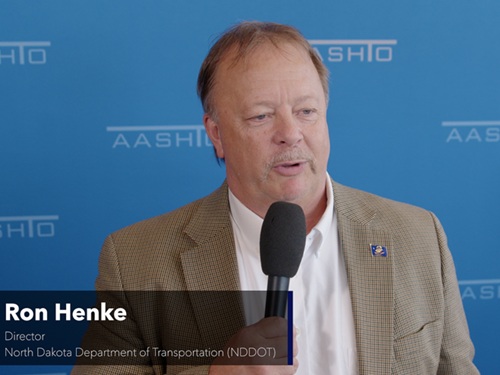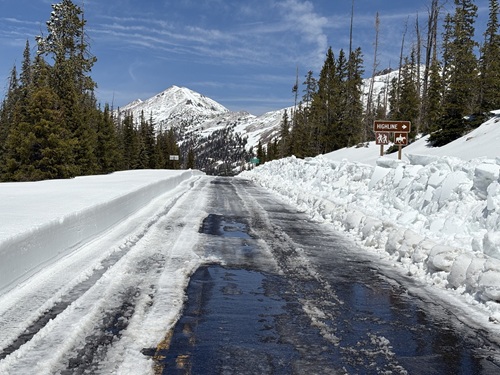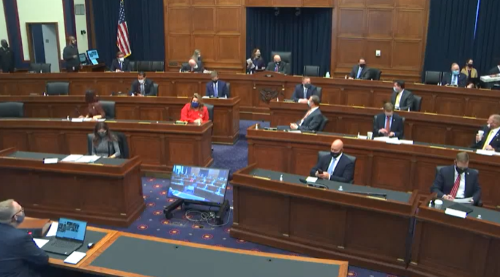The House of Representatives Committee on Transportation and Infrastructure held a hearing on February 4 to discuss the “lessons learned” from the COVID-19 pandemic in terms of how to protect transportation and passengers from viral outbreaks.
“COVID-19 has created an unprecedented public health crisis, one that has had a huge impact on the transportation sector,” explained David Michaels, an epidemiologist and professor of environmental and occupational health at the Milken Institute School of Public Health of George Washington University, in his testimony at the hearing.

“Workers need better protection to avoid illness and death, passengers need reassurance that they can travel without fear of infection and the industry needs safe workers and willing passengers to survive in this difficult period,” he stressed.
Michaels focused in particular on the COVID-19 risks facing workers and passengers who travel by air, bus, train, ship and mass transit. He said that, without adequate protections, “the risk of infection is high among both transportation passengers and workers.”
The first “lesson learned” is that wearing masks represents “the first line of source control” when dealing with viral pandemics. “A facial covering will prevent much of the virus exhaled by an infected person from entering the environment,” he said.
It is also “of great importance” to keep individuals – even masked individuals – as far apart as possible when using mass transit.

“The often-cited requirement is six feet between people, but that is an arbitrary distance, and more is always desirable. But even six feet is impossible in most transportation settings,” Michaels said. “This underscores the particular need for mandatory masks, maximizing ventilation, and ensuring appropriate filtration systems. In many cases, ventilation and filtration on buses and other modes of public transportation will need to be improved.”
To that end, William Bahnfleth – professor of architectural engineering at the Pennsylvania State University – noted in his testimony that airborne transmission risk of viral pathogens can be managed via “engineering controls” associated with heating, ventilating, and air-conditioning or HVAC systems.
Those “controls” including dilution with outdoor air, exhaust of contaminated air at its source, control of indoor air flows, filtration to remove infectious particles from the air, and air cleaners that capture or destroy infectious particles.

When it comes to the transportation sector, Bahnfleth stressed that an “end-to-end approach” should be taken to alleviate infection risk – meaning the entire trip must be managed, not only, for example, time spent on an airplane.
“An air traveler may take a train to the airport, then spend time in the terminal prior to boarding and, after arrival must again move through the terminal and may again use public transportation to reach their destination,” he said. “Any of these steps in the process may be the cause of transmission.”
Bahnfleth added that most means of transportation “have not been designed to protect us from the risk of airborne infection,” as the HVAC designs of buses, trains, and other transportation modes provide “only modest ventilation and filtration and that may not be subject to the stringent maintenance requirements of aircraft.”
He said the COVID-19 pandemic has “exposed the extent of these limitations“ and noted that the best way to minimize infection risk related to travel remains ”to do so only when necessary and, even then, by observing all recommended safety and hygiene measures, particularly distancing and use of masks.”
Bahnfleth pointed out that it “may be possible to upgrade the HVAC systems of some modes of transportation” by improving ventilation, increasing filter efficiency and adding air cleaning technologies where applicable to help stem the spread of airborne pathogens like COVID-19 in the future.
 Nation
Nation
North Dakota DOT Profiled in State DOT Update
July 3, 2025 Nation
Nation

